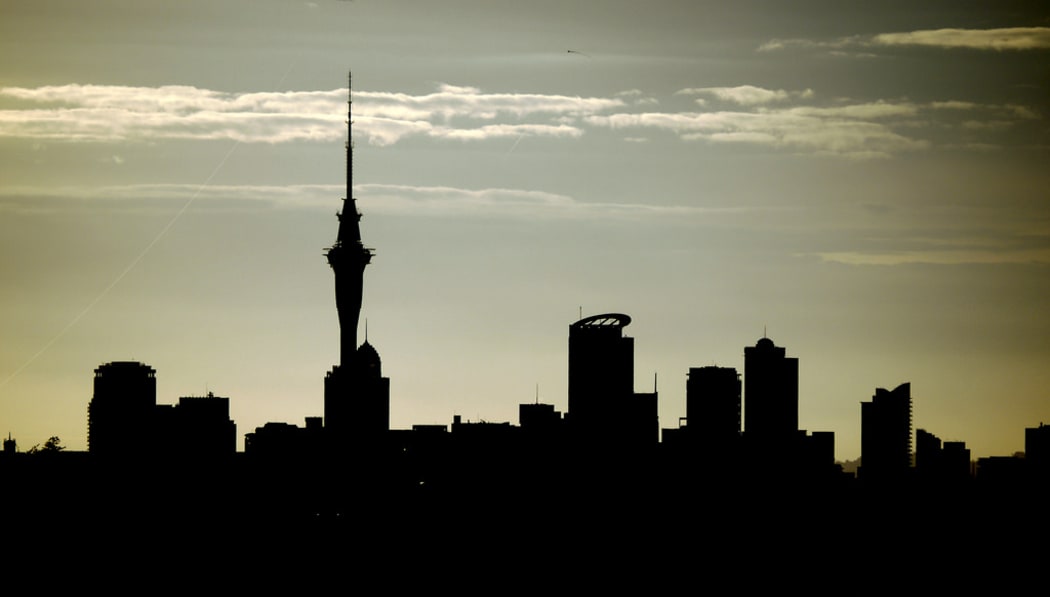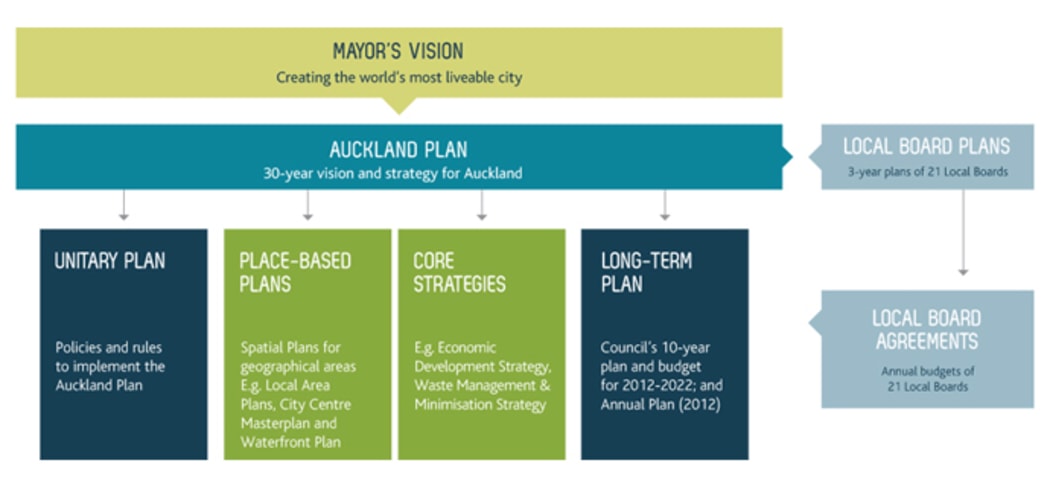"If you care about the arts, then you should be worried."

Photo: Yortw / Flickr
An advocate for the arts says an Auckland Council development plan represents a "crisis point" for people who love or participate in the arts.
"If you care about the arts, then you should be worried," warns another.
They're talking about the draft Auckland Plan 2050 - an overarching strategy document that will govern the city's development over the next 30 years.
The plan, which will replace a vast 2012 document, does not reference the arts, creativity or culture, says Basement Theatre director Elise Sterbeck.
Sterbeck worries that if it is not adapted to acknowledge the role of arts and culture in the region, the future of New Zealand's biggest city will not be bright.
In the 2012 Auckland Plan, a chapter was dedicated to arts and culture and the document explicitly stated a goal of "integrating arts and culture into the everyday lives of Aucklanders".
But Sterbeck has called the removal of almost all reference to the arts from the current draft document "alarming".
She says that if creative industries are not supported by council, people relying on them for income could be forced to leave Auckland.
In addition to this, the council's 10 Year Budget will see public art lose $300,000 of its annual funding, lowering the total budget spent on works of art in public spaces to $2 million.
That budget has been static at between $2 million and $2.3 million for about 10 years - despite Auckland city growing at an unprecedented rate. It has funded works like Francis Upritchard's 'Loafers', on the Symonds St overbridge; Aamu Song and Johan Olin's 'Sounds of Sea', at Wynyard Quarter; and David Svensson's 'Eyelight Lane' on Fort Lane.
The Auckland Plan is an umbrella document that oversees everything Auckland Council and other elected bodies like the region's district health boards do - from funding to policy to operating organisations like Auckland Transport and Watercare.
Beneath this document, sits council strategies (like Auckland Growing Greener), policies (like the Smokefree policy) and place-based plans (like the City Rail Link).

Photo: Image: Auckland Council
In the new draft plan, auahi (creativity and innovation) is mentioned in the "values" section of the document.
But Sterbeck says the lack of references elsewhere could undermine a pre-existing arts and culture strategy, Toi Whitiki, which she said was mandated by the explicit inclusion of arts and culture into the 2012 document.
She called Toi Whitiki a "visionary document" and said if it was not able to hook in to the council's overall Auckland Plan, it would be without foundation.
"The draft plan is for the next 30 years and anything could happen in that time," Sterbeck said.
"What happens in five years' time when there is a new council? What if they don't support the arts?"
Auckland council manager of arts and culture, Richard McWha said the draft Auckland Plan took a more horizontal approach than the previous plan - integrating rather than separating different sectors - like economic development, culture and the environment.
"But when you go from one system to another, visibility becomes and issue," he said.
McWha said some sectors - including the arts and sporting communities are feeling less visible in the plan.
"That's feedback we'll have to respond to...We're quite pleased that there is an intelligent conversation going on."
Submissions to council on the plan close on Wednesday. They are then collated for council staff to advise on, before being debated by councillors.
McWha encouraged people to engage with the democratic process by making a submission to council.
Sterbeck said she had developed a guide and was urging Aucklanders submit that the council recognises arts and culture as a driving force of creativity and innovation in the region.
***
What's the plan?
The Auckland Plan is a document that is required by legislation.
Its purpose is to provide a long term strategy for the region's growth and development in ways that will contribute to its social, economic, environmental, and cultural well-being.
The plan will guide the city and region's future and aims to tackle issues surrounding transport, housing, employment, children and young people, and the environment.
The draft Auckland Plan is a new, pared-down version of an extensive and detailed 2012 document, which had a specific chapter that focused on integrating arts and culture into the "everyday lives" of Aucklanders.
The new version does not have this specific chapter and this is what has some arts advocates concerned.
A provision of the 2012 plan was that it would be reviewed after six years - that's where the new draft Auckland Plan comes in. It's described as being more "streamlined."
The draft Auckland Plan it identifies six areas in which the council needs to make progress between now and 2050: belonging and participation; Māori identity and wellbeing; homes and places; transport and access; environment and cultural heritage and opportunity and prosperity.
Critics say that requirements for arts and culture should be woven throughout the six areas of progress, but are not.
Cover image: Robert Linsdell / flickr.


